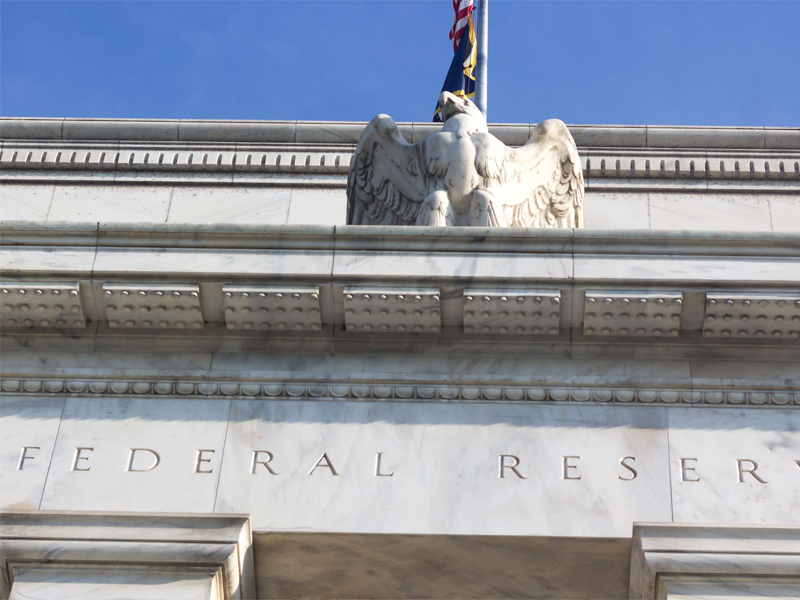
U.S. banking regulators increasing their oversight of stablecoins would be a positive for banks and fintechs, says Moody’s Investors Service.
U.S. Federal Reserve Board Chair Jerome Powell discussed stepping up regulation of stablecoins in Congressional testimony last week. Among other things, he said the Fed intends to publish a white paper in early September about digital assets including stablecoins, central bank digital currencies (CBDCs) and others.
Stablecoins are a form of digital asset whose value is linked to an underlying asset, such as U.S. dollars, in an effort to increase their appeal as a method payment and a store of value while providing the benefits of digital assets.
However, Moody’s said there’s little regulation around stablecoins. Without rules on disclosure or how the reserves that are backing stablecoins can be invested, “there is no guarantee that stablecoins are indeed backed by the equivalent value in assets,” it said.
The U.S. Office of the Comptroller of the Currency (OCC) has issued guidance for banks, which allows them to hold stablecoin reserves “if they can verify that the reserves are equal to outstanding stablecoin tokens to help withstand large client outflows,” it said.
“However, crypto currency firms issuing stablecoins are not required to follow OCC guidance, and no other enforceable regulation exists,” Moody’s said.
The prospect of greater oversight of stablecoins would be positive for banks, Moody’s said, “because it would help to increase safety and transparency around stablecoins and may limit some of the risks to financial stability and the potential competitive threats posed by the currently unregulated stablecoin industry.”
At the same time, regulation would also be good for fintechs that are seeking to operate in this area, as increased oversight “could bring stability to, and acceptance of, digital currency payments systems,” it added.